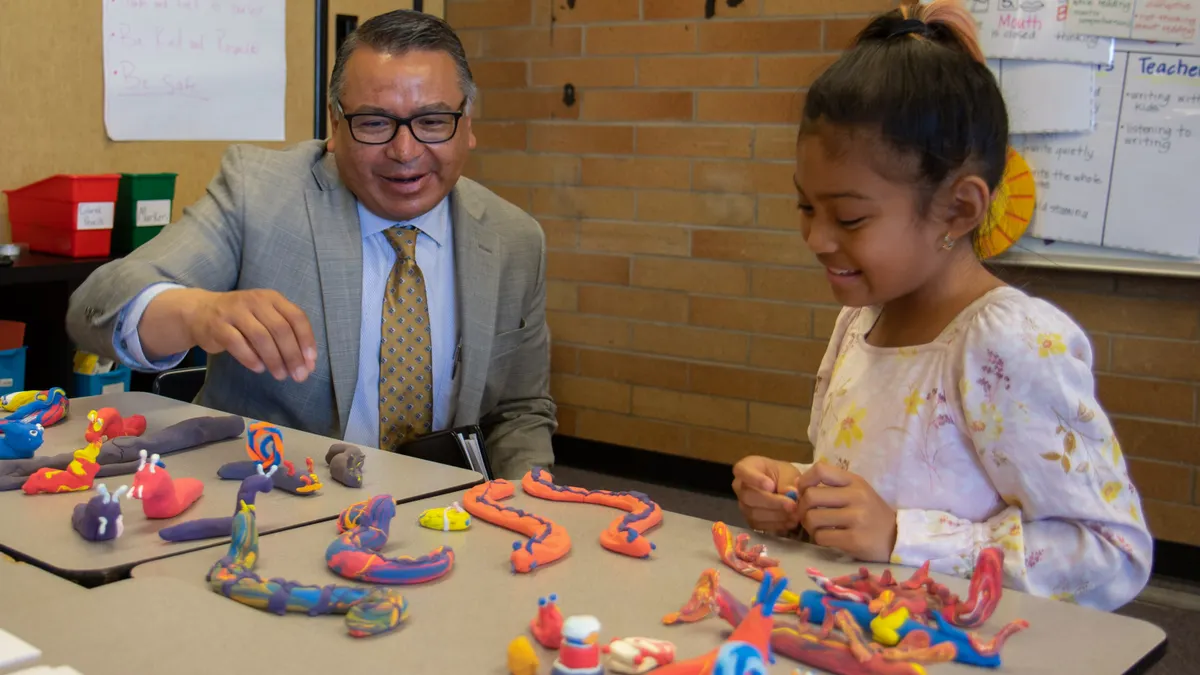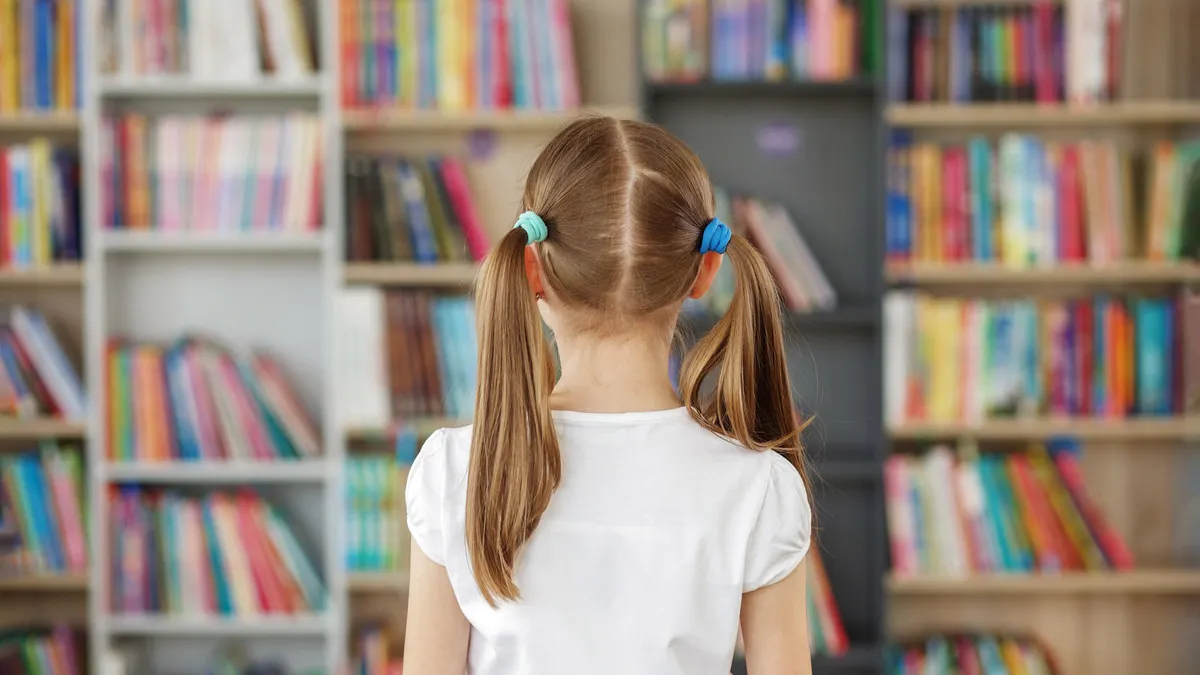While districts brace for a loss of academic learning and wider equity gaps in the fall, the global pandemic is emerging as an opportunity to build social-emotional skills.
“We’re seeing a significant uptick in interest in social-emotional learning from districts,” Melissa Schlinger, vice president of practice and programs at the Collaborative for Academic, Social, and Emotional Learning, said. She noted isolation and rapid changes are highlighting the importance of emotional management, relationship and problem-solving skills that can help students cope.
A focus on deepening relationships
At the most basic level, districts have prioritized, prior to or in conjunction with academic learning, reaching out to families and students to build or strengthen relationships.
“There are a lot of people that are experiencing a lot of things for the first time,” Kelly Griffith, superintendent of Talbot County Schools in Maryland, said. “We need to make sure we’re reaching out to them and not waiting for them to reach out to us.”
In addition to guiding families and students to resources as unemployment rates soar, Griffith said her district is prioritizing working with social services, therapists and local officers to do wellness checks.
Linda Darling-Hammond, president of the California State Board of Education, said teachers in her state are holding office hours for students. “Some of that time needs to be used for check-ins around feelings, around trauma,” she explained. “Finding out how they're feeling, if they seem stressed, what might they seem stressed about.”
For students who are difficult to reach or have been unresponsive to teachers, Kim Headrick, principal of Whitwell Middle School in Tennessee, is personally reaching out to families, blasting announcements on social media related to resources and supports, and delivering meals to families without access to transportation.
And where there is no internet or phone connection, Schlinger said some are sending traditional letters to homes.
Weaving SEL into curriculum
With the new shift online, districts are not expecting students to be learning for the length of the traditional school day. And where academic learning tapers off, SEL can step in.
“Understand that this is a time when not every minute has to be spent in the most productive way possible to get the greatest gain possible,” Darling-Hammond said. “Use it as an opportunity for exploring, and include in that exploring feelings.”
Encouraging students to spend time with family, reconnect with friends over the phone, and learn new skills are all options. Janet Robinson, superintendent of Stratford Public Schools in Connecticut, said her secondary-level students are replacing their traditional community service hours with alternatives like sewing masks for first responders.
“The name of the game, and one of the traits we could help our children develop this year, is flexibility and adaptability,” Darling-Hammond said. Giving students some agency, also a trauma-informed practice, in building their schedules within a framework of options is just one example.
Building into that schedule some time for meditation and mindfulness, not only for students but also teachers, can also enable more effective learning, emotional regulation and better behavior.
And while there is a need for flexibility, some SEL integration is still continuing virtually in secondary school classes like English or in morning meetings for younger students, Robinson added.
Bracing for trauma upon reentry
Many hope and expect the renewed focus on SEL to continue, or even ramp up, when students are back in school.
It can’t just be “business as usual,” Schlinger said, because “we are going to be dealing with a very new landscape after this.” Students and staff will be returning with collective trauma, higher anxiety levels and more stress after dealing with everything from child abuse and neglect to unemployment and loss of life.
District officials are already concerned about and bracing for the impact. With an already-existing shortage of psychologists and counselors, this could prove to be challenging.
Sonja Santelises, CEO of Baltimore City Schools in Maryland, points out the mental health resources, other community partnerships and relationships built with families during this time serve as a deliberate part of reentry planning — those same relationships will help when the time comes for reorientation.
Robinson said if her district gets Title I funds, her priority would be to invest them in social workers, guidance counselors and psychologists.
Sen. Chris Van Hollen (D-Maryland) suggests federal Title IV funding is the most flexible pot of money that can be used to hire school counselors and psychologists. Under the Trump administration, those funds have increased to almost $1.2 billion, but he said it’s still “not enough” for the need going forward and will be a priority.
Other federal funds from the CARES stimulus package are working their way down through different channels and programs, which have built-in flexibility allowing them to be purposed for counseling and other supports.
“To come back to school and double up on math or ELA would not be the right approach,” Schlinger said. “We really need to create a restorative, healing-centered reentry plan. I think the most important thing to think about is: How do we acknowledge this trauma that we’ve all been through?”



















